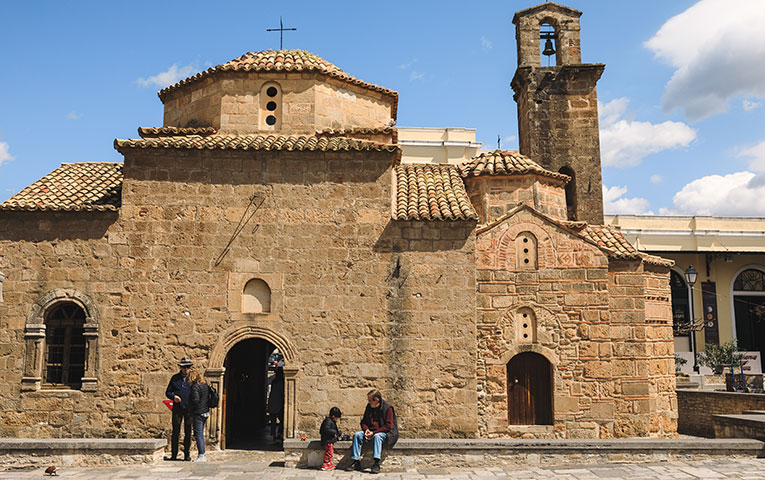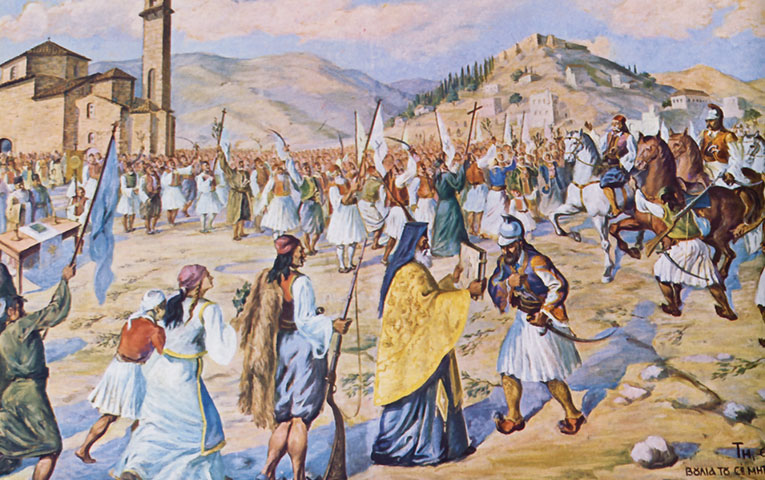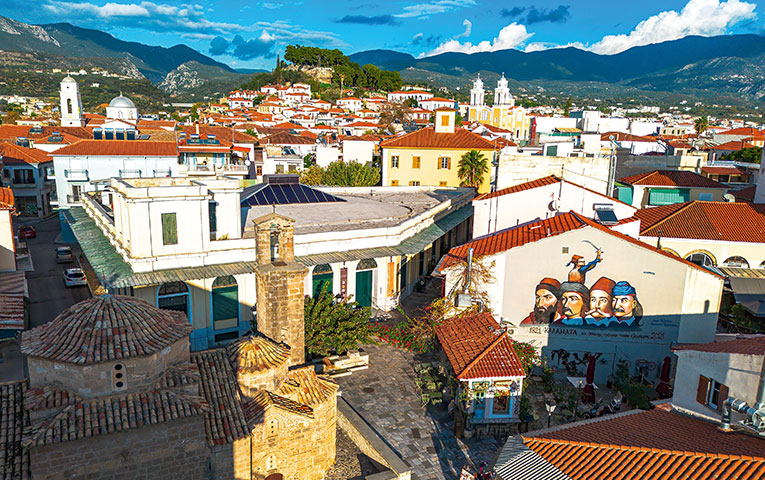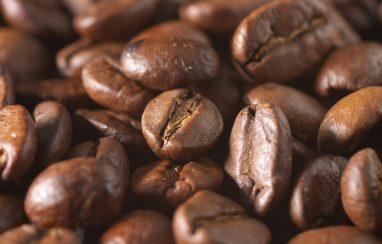By Paulina Björk Kapsalis
In the square in front of Kalamata’s historic Church of Agioi Apostoli, anticipation fills the air as people gather – some in traditional Greek costumes, others waving blue and white flags – all ready to pay tribute to the past. The rhythmic beat of drums echoes through the streets as the sacred flame from the Monastery of Velanidia is brought into the square. Soon, the commanding sound of the marching philharmonic swells, and the flag of the revolution from the Greek War of Independence is ceremoniously raised above our heads. The church itself, a 12th-century Byzantine landmark twice rebuilt and restored, meanwhile, stands as a silent witness to the momentous events that happened here, as well as a symbol of resilience – just like the city and its people.
Every year, on this day, Kalamata comes alive with the spirit of revolution, commemorating a pivotal moment in history that forever shaped the destiny of Greece.
So, what actually happened on that day?

Church of Agioi Apostoli, Kalamata. Photo by Konstantinos Tsakalidis
The day that changed history
On March 23, 1821, a force of Maniots freed the city of Kalamata from Ottoman rule in what became a crucial turning point in the Greek War of Independence. Though tensions had been escalating, the Greeks managed to take the Ottomans completely by surprise.
By the late years of Ottoman rule, many Peloponnesian leaders had joined the Philiki Etairia, a secret society dedicated to freeing Greece. Sensing the brewing revolutionary fervor – and alarmed by the arrival of the legendary general Theodoros Kolokotronis in nearby Kardamyli – the Ottoman authorities began imprisoning local notables and prominent clerics in Tripolitsa, forcing them to sign a statement condemning any uprising. But the revolution was already in motion.
In early March, an arms shipment arrived for the Greeks from Smyrna, and the fiery priest and revolutionary Grigorios Dimitrios Dikaios-Flessas, better known as Papaflessas, rallied Petros Mavromichalis (also known as Petrobey) and other leaders to the cause. The time for action had come.
On the day before the uprising, 2,500 Maniot fighters, led by Petrobey’s sons, entered Kalamata under the pretense of protecting the town’s voivod, Suleiman Aga Arnaoutoglu. Then, on the afternoon of March 23, Petrobey, Kolokotronis, Papaflessas, and other Peloponnesian chieftains led their forces into the city. Faced with overwhelming numbers and realizing resistance was futile, Arnaoutoglu surrendered without a fight. With that, Kalamata became the first major city to be liberated from Ottoman rule.
Amid joyous celebrations, the Greek fighters swore allegiance to the revolution, and 24 priests and abbots blessed the revolutionary banners – most accounts state this took place at the Church of Agioi Apostoli. As the city rejoiced, the cry “Freedom or Death!” – the rallying call of the revolution – echoed through the streets.

After the town was liberated, a thanksgiving service was held at the Church of Agioi Apostoli. Painting by Evangelos Drakos
A war for freedom
With Kalamata secured, Greek forces quickly mobilized, spreading the revolution across the Peloponnese. Kolokotronis led troops towards Skala and Karytaina, while Papaflessas along with revolutionary leaders Anagnostis Papageorgiou (known as Anagnostaras) and Kyriakoulis Mavromichalis, advanced toward Tripolitsa.
Meanwhile, in liberated Kalamata, Maniot leaders and local elders established the first revolutionary government of free Greece:the Messinian Senate. This body played a crucial role in organizing the insurgency, issuing proclamations to the European powers in search of support and unifying revolutionary efforts.
Two days later, on March 25, Bishop Germanos of Patras raised the revolutionary flag at the Monastery of Agia Lavra, marking its official start of the Greek War of Independence – a date now celebrated as Greece’s Independence Day.
Yet, the struggle for freedom was far from over. In May 1825, Kalamata fell briefly to Ibrahim Pasha of Egypt, whose powerful army threatened to crush the revolution. However, the Maniots decisively defeated Ibrahim at the Battle of Verga in 1826, and after the pivotal Battle of Navarino in 1827, the tide turned in Greece’s favor.
In 1828, the arrival of a French military expedition under General Nicolas Maison forced Ibrahim to withdraw from the region, marking the final liberation of Kalamata and the surrounding area. Yet, March 23, 1821, remains the day that set Greece’s revolution in motion.

Next to the Church of Agioi Apostoli, a mural depicts the heroes of the 1821 uprising. Shutterstock
Honoring the past
Today, March 23 in Kalamata is a living, breathing tribute to the city’s ancestors and to Greek resilience. Under the fluttering flag inscribed with “Freedom or Death!” actors step into the roles of Kolokotronis and Petrobey, reenacting the day that sparked the revolution. A narrator’s voice carries across the square where it all unfolded, transporting the crowd back in time.
A military parade moves past us through the streets with precision, schoolchildren march proudly, before dance groups in traditional costumes finally fill the square, performing joyous dances to the sound of live folk music.

